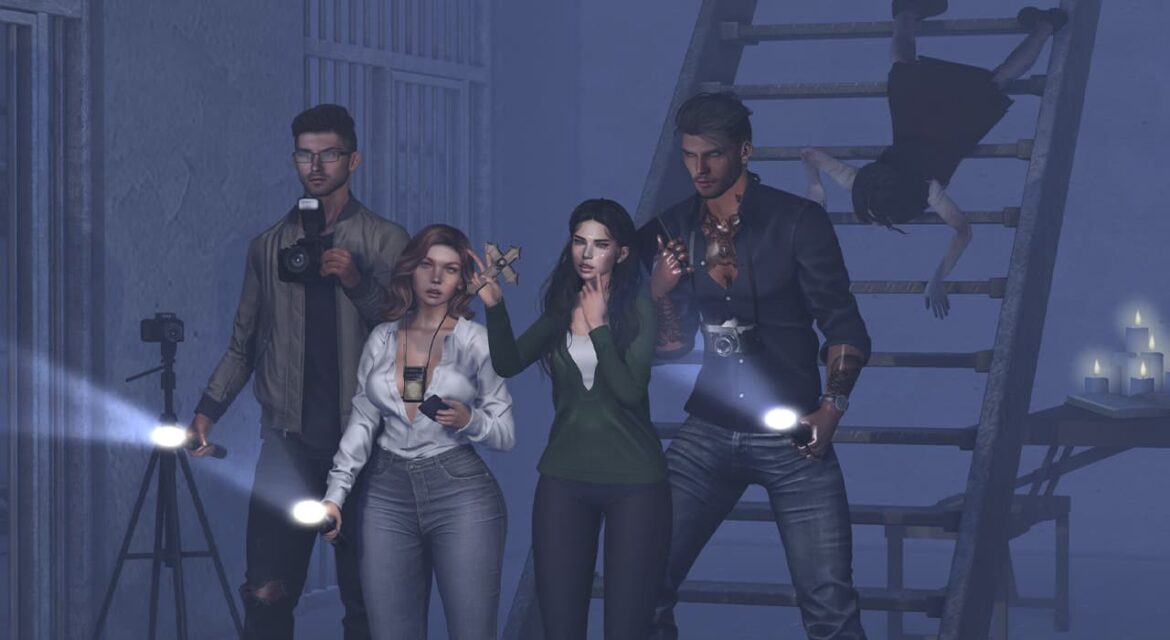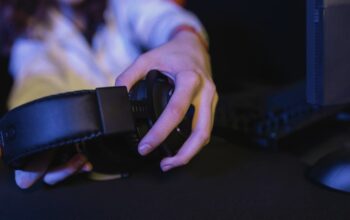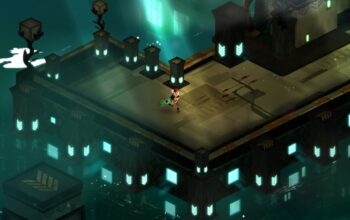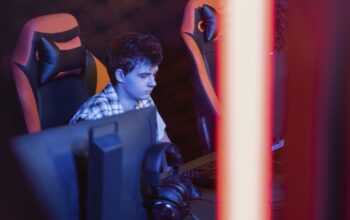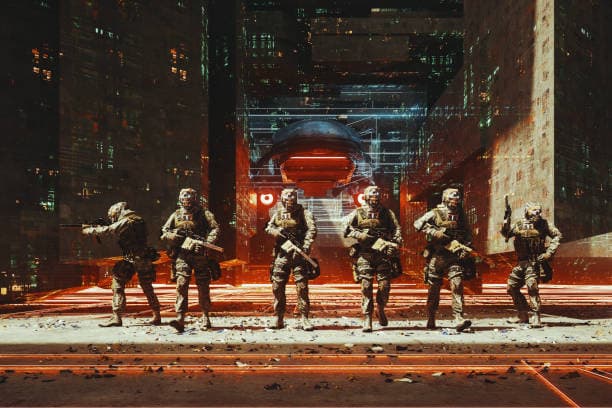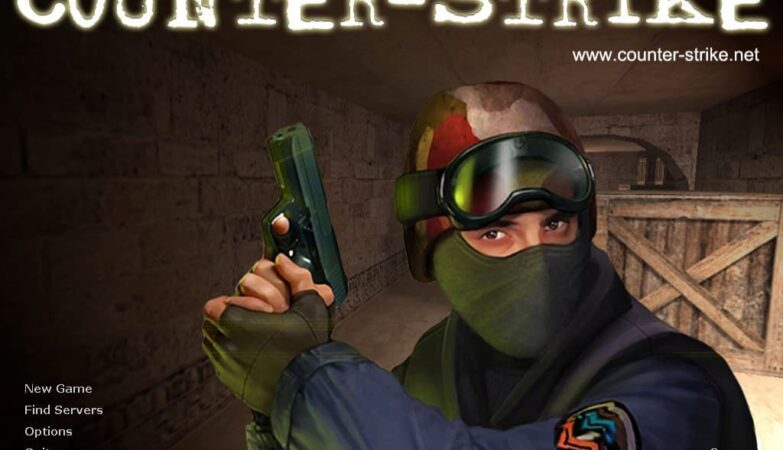When Early Access appeared on Steam, there was a real boom of horror games – and it’s easy to see that many of them tried to copy the formula from the popular Amnesia, SCP, and Slender: The Arrival. A helpless protagonist with a flashlight or camera, tons of notes, an invincible enemy, and screamers. Even the full-fledged and high-budget Outlast did not depart from this scheme, because of which the players are still arguing: is it really a good horror, or only a terribly banal collection of scary images and scripters.
In general, the familiar ideas and proven gameplay mechanics haven’t let the genre go for a long time, and the truly successful experiments are rare. And then Phasmophobia comes along – seemingly the same ungodly budget “romp” with cameras and flashlights, but with co-op. As a result – an immediate explosion of popularity among streamers, YouTube-bloggers and ordinary players. Everyone who is even slightly interested in the genre is talking about the game.
And the reason for such success is not the ability to play with friends. The developers of Phasmophobia approached the mechanics cleverly, creating perhaps the most unique horror of recent years. We tell you what’s the point and why the game has a huge, but not yet fully disclosed potential.
In Phasmophobia, a team of up to four players take on the role of paranormal activity researchers – much like the Discovery Channel shows. They go out in search of the supernatural to various abandoned places where eyewitnesses say they’ve seen ghosts.
Using cameras, ultraviolet lights, radios and other gadgets, ghost hunters look for a spirit’s lair and try to identify its type (Poltergeist, Shadow, Demon, Oni, Banshee, etc.) – and, if possible, take photos to get a proof premium. There’s no need to catch or exorcise it – players are only scouts, specialized people will deal with the ghost.
Gameplay comes down to a peculiar ritual: find, identify, photograph, leave. First, hunters look for a spirit’s lair in the building (it usually sits in some particular room with high paranormal activity or low temperature) and set up cameras there, through which the room can be watched from the van.
On the second run, the hunters go with additional items with which to accurately determine the type of ghost: ultraviolet lamps, an intercom, salt, or a regular book in which the ghost can write something.
The class of an unclean thing is determined by three key clues from the list: low temperature, level five abnormal activity, talking through a radio, hand or foot prints in ultraviolet light, writing in a special book for communicating with spirits, flying white circles on cameras.
Also, a ghost can leave footprints on piles of salt and talk to the living using a ouija board for Ouija séances
Once you find one or more clues, they must be logged. Each new one narrows the search: the ghosts may share common traits, but each has a unique set of three specific traits. For example, only Demon lowers the temperature of the room, talks on the radio, and writes in the book. If at least one clue doesn’t match, it’s no longer him.
In addition, ghosts have their own peculiarities: Mare is afraid of light and often attacks in the dark, Djinn likes to turn off individual lamps in rooms, Phantom is afraid of photos, and Shade only attacks singles and doesn’t like to contact people. If some clue is missing and it’s too risky (or scary) to go into the house again, you can try to determine the ghost at random by circumstantial signs.
The more detailed you study the ghost, the more money and experience you will be given. Money buys equipment, and for the experience opens up new content – so far only the increased complexity and new gadgets. Pay the team for determining the type of ghost, the completion of additional tasks indicated on the board and photographs of objects of interest: voodoo dolls, bones, Ouija board, the traces of the ghost. Money is also given for pictures of the spirit itself and the corpse of a partner.
All of these are drawn by the ghost in the book.
Players can die if they stay too long on a mission. The thing is that everyone has a sanity index (sanity). If it drops to zero, then in a fit of madness, the hunter can simply kill himself, not withstanding the horror of the haunted house.
Also, the spirits try to prey on those who are most afraid – so players with a low sanity score are often under attack. Self-control suffers if you sit in the dark for long periods of time and notice a ghostly presence – moving objects, slamming doors, lights going off.
In the end, every case is a big risk. Going into the house an extra time for valuable pictures? Send one brave man out to photograph a ghost-hunting loner? Trying to complete all the extra tasks or backing out so as not to piss off the otherworldly creature unnecessarily?
